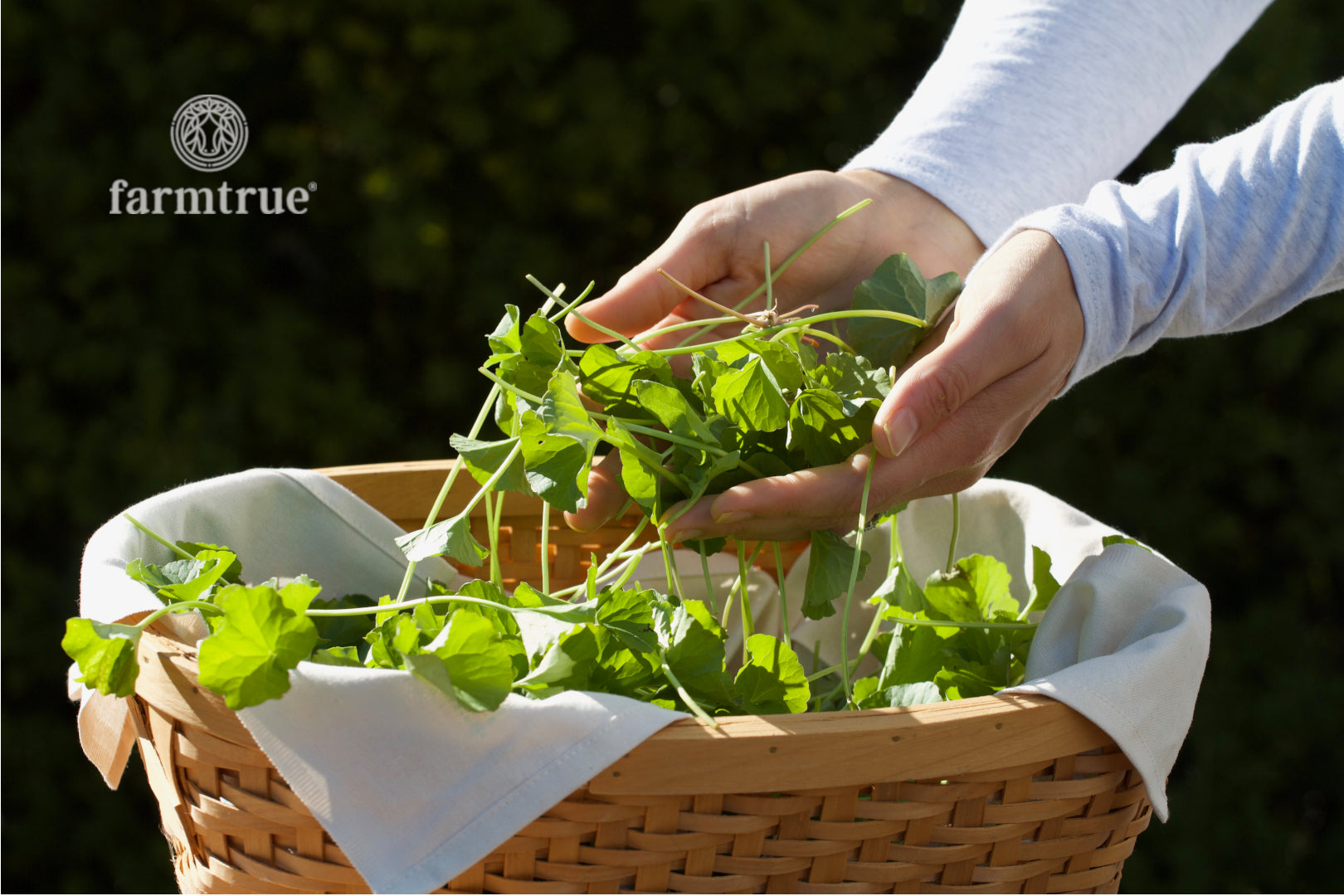
How to Create a Sustainable Kitchen at Home
How to Create a Sustainable Kitchen at Home
As consumers become more aware of the impact of their actions on the environment, many are seeking ways to reduce their carbon footprint and create more sustainable lifestyles. One area where we can all make a difference is in the kitchen.
From reducing food waste to choosing eco-friendly products, there are many simple steps we can take to create a more sustainable kitchen at home.
In this article, we’ll share some tips for creating a sustainable kitchen while also promoting Farmtrue’s commitment to using eco-friendly packaging and sustainably sourced ingredients.
1. Reduce Food Waste

One of the easiest ways to create a sustainable kitchen is to reduce food waste. This can be done in a variety of ways, such as planning meals ahead of time, buying only what you need, and using up leftovers.
Composting is another great way to reduce food waste while also creating nutrient-rich soil for your garden. Farmtrue’s line of ghee products is made using a zero-waste process, where the leftover solids from the butter-making process are turned into a nutrient-rich soil through composting.
2. Choose Eco-Friendly Products

Another way to create a sustainable kitchen is to choose eco-friendly products. Look for products that are made from sustainable materials, such as bamboo, glass, and stainless steel.

Farmtrue’s kitchen ingredients are packaged in glass jars, which are 100% recyclable and reusable. Additionally, we use eco-friendly packaging for its all our products, such as recyclable paperboard and glass bottles.
3. Use Sustainable Ingredients

Choosing sustainably sourced ingredients is another way to create a sustainable kitchen. Look for ingredients that are locally sourced, organic, and free from harmful pesticides and fertilizers.

Farmtrue’s ghee products are made using organic butter from grass-fed cows, and our skincare products are made with ingredients such as organic rose petals, organic turmeric, and organic locally sourced beeswax. We work to source ingredients from companies with similar values and a mission to reduce waste in any area possible.
4. Reduce Energy Use

Reducing energy use in the kitchen is another way to create a more sustainable kitchen. One simple way to do this is to use energy-efficient appliances, such as a refrigerator with an Energy Star rating.
Another way to reduce energy use is to cook with a pressure cooker or slow cooker, which uses less energy than traditional stovetop cooking.

Farmtrue’s ghee products can be used in a variety of cooking methods, from sautéing to baking, making them a versatile and sustainable ingredient for any kitchen.
5. Grow Your Own Food

Growing your own food is a great way to reduce your carbon footprint while also enjoying fresh, organic produce. Even if you don’t have space for a large garden, you can still grow herbs, tomatoes, and other small plants in containers on a balcony or patio.
Because all of our products are made with real ingredients, our line of ghee-based products can be used to make nutrient-rich soil for your garden by composting, helping to reduce waste while also promoting healthy plant growth.
Conclusion

By making simple changes such as reducing food waste, choosing eco-friendly products, using sustainable ingredients, reducing energy use, and growing your own food, you can make a positive impact on the environment while also enjoying delicious, healthy meals.
Creating a sustainable kitchen doesn’t have to be complicated or expensive. At Farmtrue, we’re committed to promoting sustainability in everything we do, from our packaging to our ingredients, and we hope that these tips will inspire you to create a more sustainable kitchen at home.




